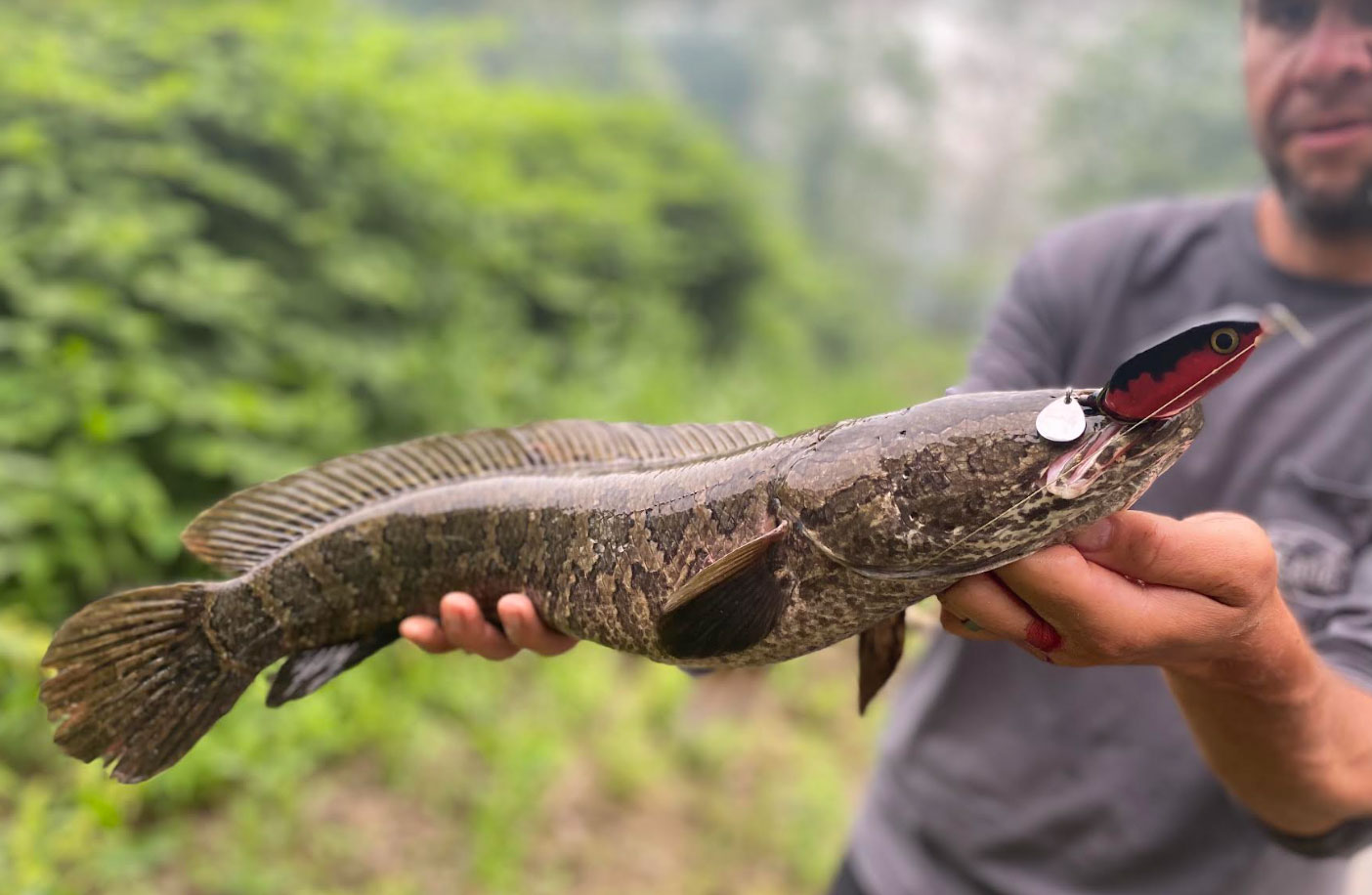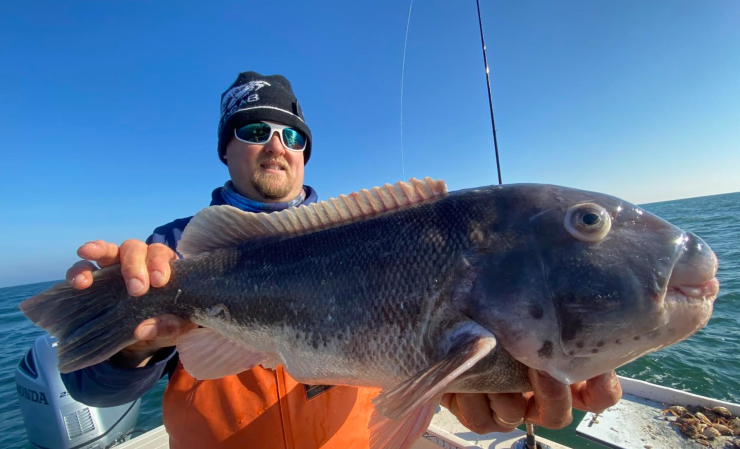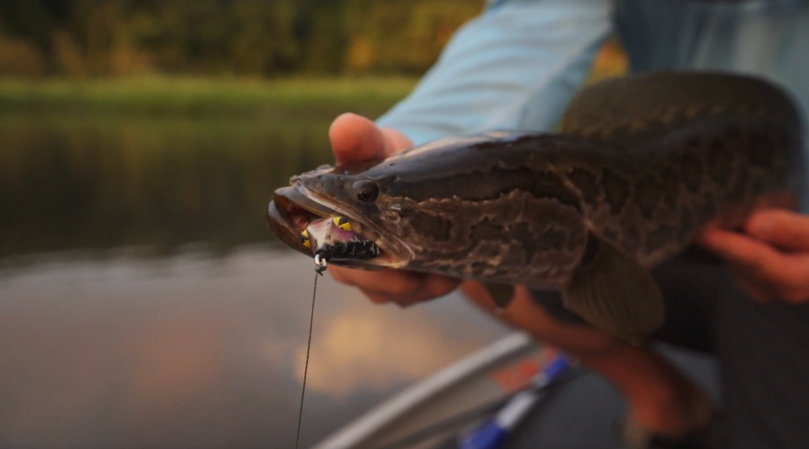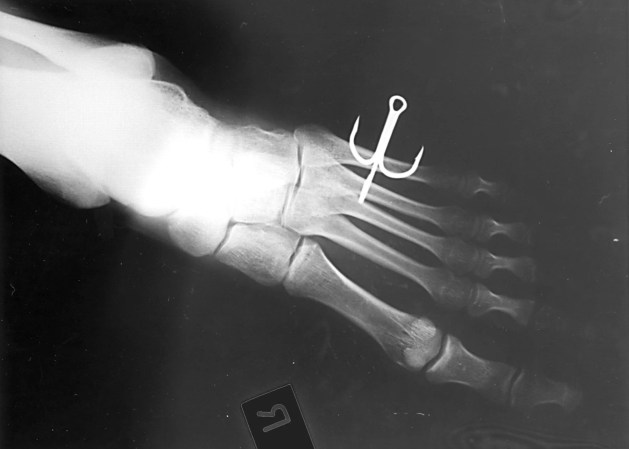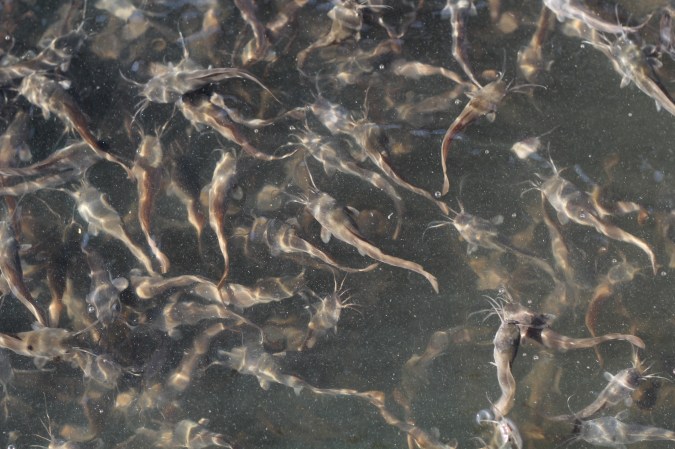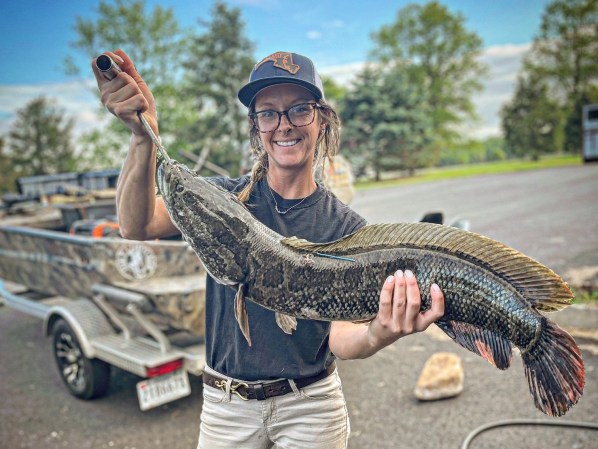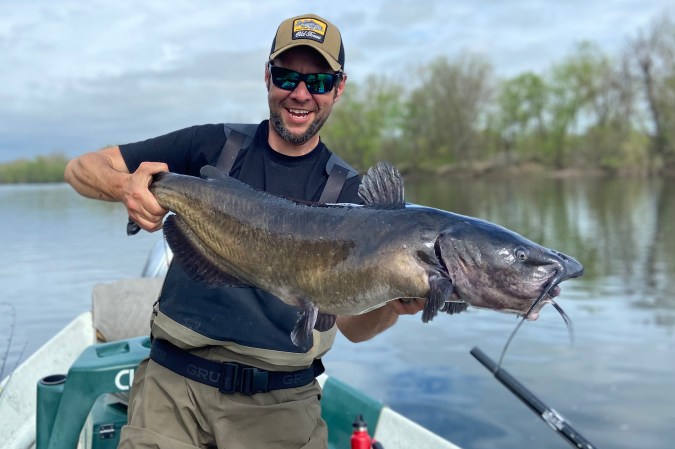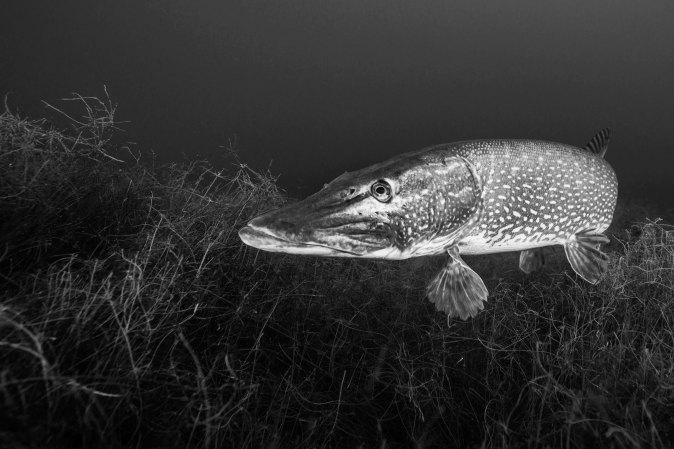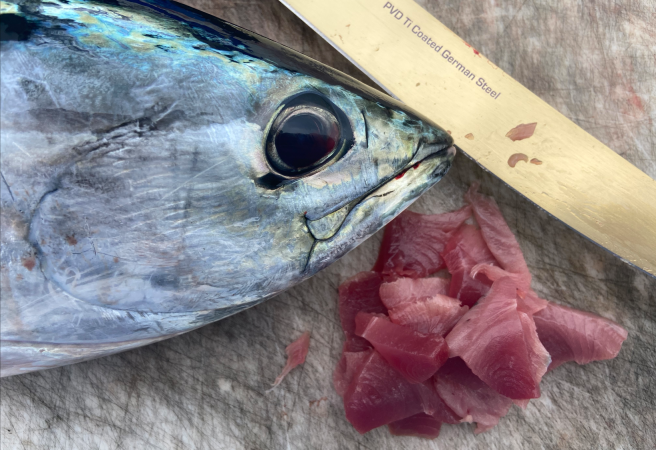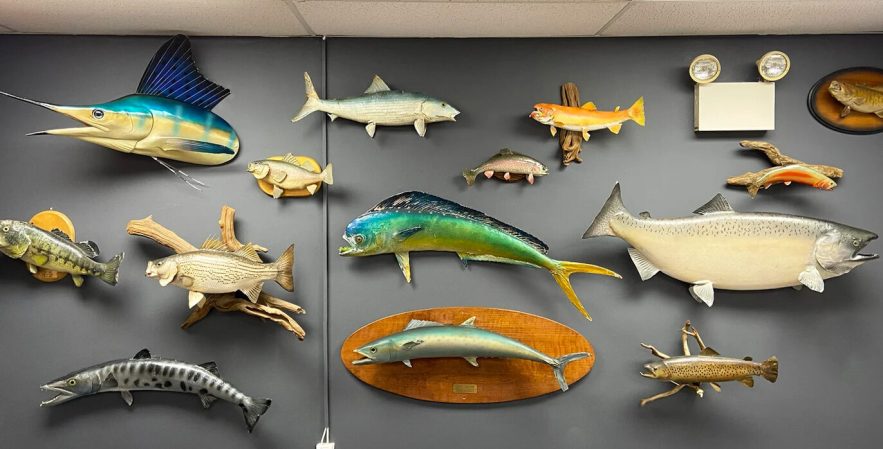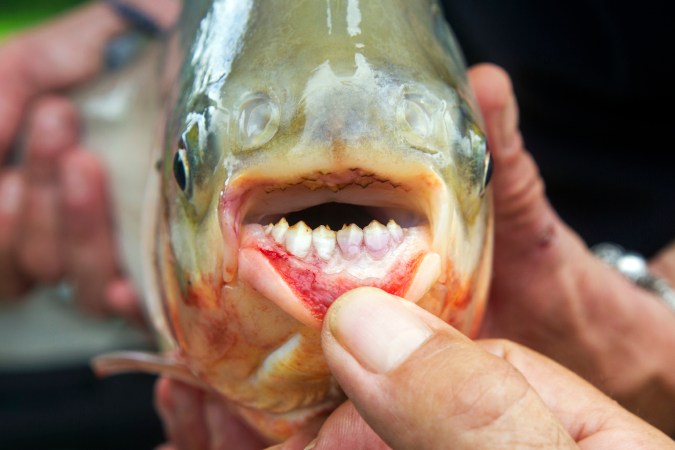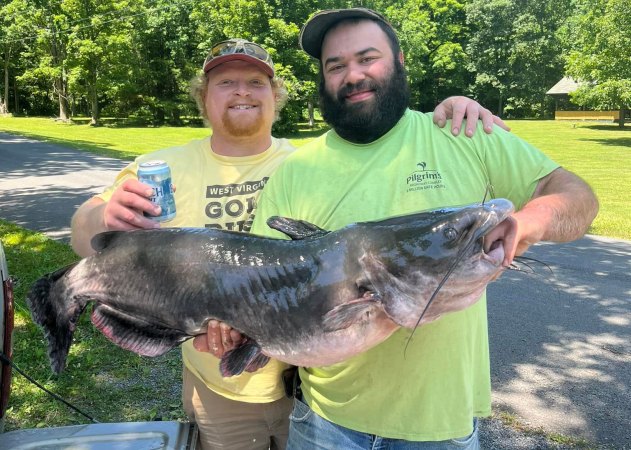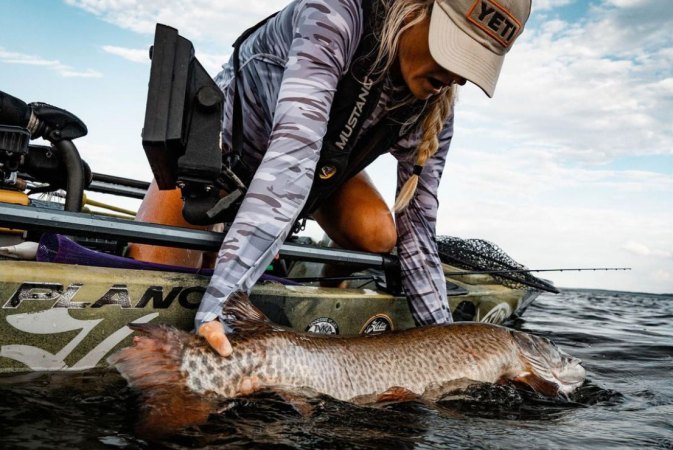Invasive snakeheads have reared their “hideous” mugs in the news again recently, this time because they’ve been discovered in Louisiana and Missouri. My reaction to these stories is always, “here we go again.” If you know anything about how these fish have proliferated in the Mid-Atlantic and Northeast, no one should be surprised that they keep expanding their range. They are so tolerant of a wide range of environmental conditions that I’m surprised it took this long for them to hit the news in the South.
Having spent a bunch of time in Louisiana and Missouri, I can tell you the make-up of many of their waterways are truly snakehead paradises. I could go on about how evidence from other parts of the country (where they’ve existed longer) suggests their presence is not that catastrophic, or how I enjoy catching them so much more than other freshwater species. But instead I want to dispel a couple myths in the culinary department considering the latest snakehead uproar.
Can You Eat Snakehead Fish?
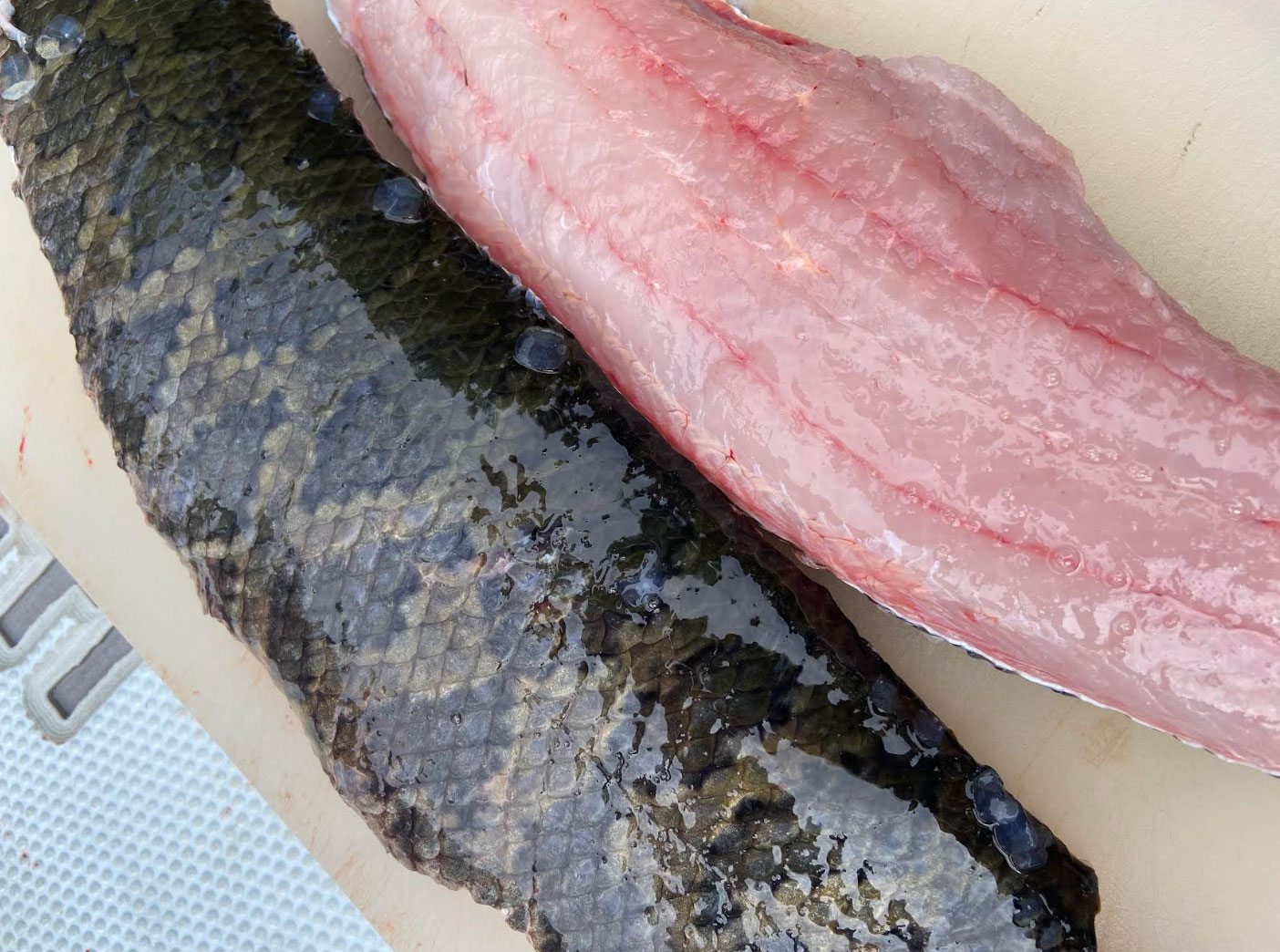
When people look at a snakehead, they say they’re so ugly. They’re so gross. They’re vile. Who would want to eat them? Well, lots and lots of people, which is one of the main reasons they exist in our waters in the first place. Snakeheads have been a popular food fish in Asia for centuries, and illegal smuggling to supply fish markets in the States is a big reason they ended up here.
I’d argue that snakehead taste better than many freshwater fish American’s love, and for my friends in the South, you should be a bit excited about the prospect of sticking a few. Nobody does fish cookery better than you guys.
So in case you bump into one, yes, you can eat snakehead fish, but here are a few things you should know before you do.
Snakeheads Do Not Taste Like Mud
When ranking freshwater fish in terms of their popularity on the table, catfish sit pretty high on the list. Across the South in particular, mom-and-pop roadside eateries that specialize in fried catfish abound. I enjoy my meal immensely every time I visit one, but what many people may not consider is that catfish you buy in a restaurant or fish market are usually farm-raised. This means the fish has been reared in a clean environment and often fed processed fishmeal. Catch a catfish out of the local lake or river that’s been rooting through the bottom, eating decaying fish and who knows what else, and there’s a strong chance it won’t taste as sweet as the one you got from the Stop & Shop. Wild catfish are notorious for their muddy aftertaste, yet this doesn’t seem to turn many people off. The irony is that many folks turn their noses up at eating snakeheads assuming they’ll taste like swamp muck. However, in reality they taste much cleaner and fresher than the average catfish.
READ NEXT: The Best Tasting Fish You’ve Probably Never Eaten
Snakeheads will feed off the bottom, but they are not bottom feeders. Such is the case with many popular fish like trout, bass, perch. Catfish and carp, on the other hand, are true bottom feeders, hence the muddy flavor injection in their flesh. Despite thriving in shallow, weedy, mucky areas, snakeheads do not gravitate to decaying forage. They predominantly feed on baitfish and insects higher up in the water column like many other predator species, and because of this I’d argue that snakehead meat is milder, sweeter, and has less aftertaste than even a fresh walleye fillet.
Snakeheads Are Not Bony
Whenever I bring up eating snakeheads to people who have never tried them, it’s very common to hear: “Aren’t they full of bones?” No, they’re not. Trout, pike, and pickerel—all of which are popular on the table—have many more small bones that need to be dealt with than snakeheads. In fact, due to the heartiness and firmness of snakehead meat, they are actually very easy to fillet.
One caveat, however, is that snakeheads are arguably slimier than most other fish you’d slap down on a cutting board. Furthermore, they seem to just get slimier after they die. Slime literally drips off them, and there can be an inch or more of slime in the bottom of your cooler. This alone turns a lot of people off to eating them. However, there’s no connection between the slime and the quality or flavor of the flesh.
What I like to do is leave them in the cooler but keep the drain plug open. Prop the cooler at an angle on the lawn and fix your garden hose so it’s showering the fish on a high-pressure setting. Just let the hose wash the fish for 10 minutes or so to drain away as much slime as possible, then wipe the fish down with paper towels before putting it on the cutting board. After filleting, you’ll feel one small strip of pin bones along the centerline at the wide end, but these can be easily trimmed out with two quick slices.
Snakeheads Are Versatile Table Fare
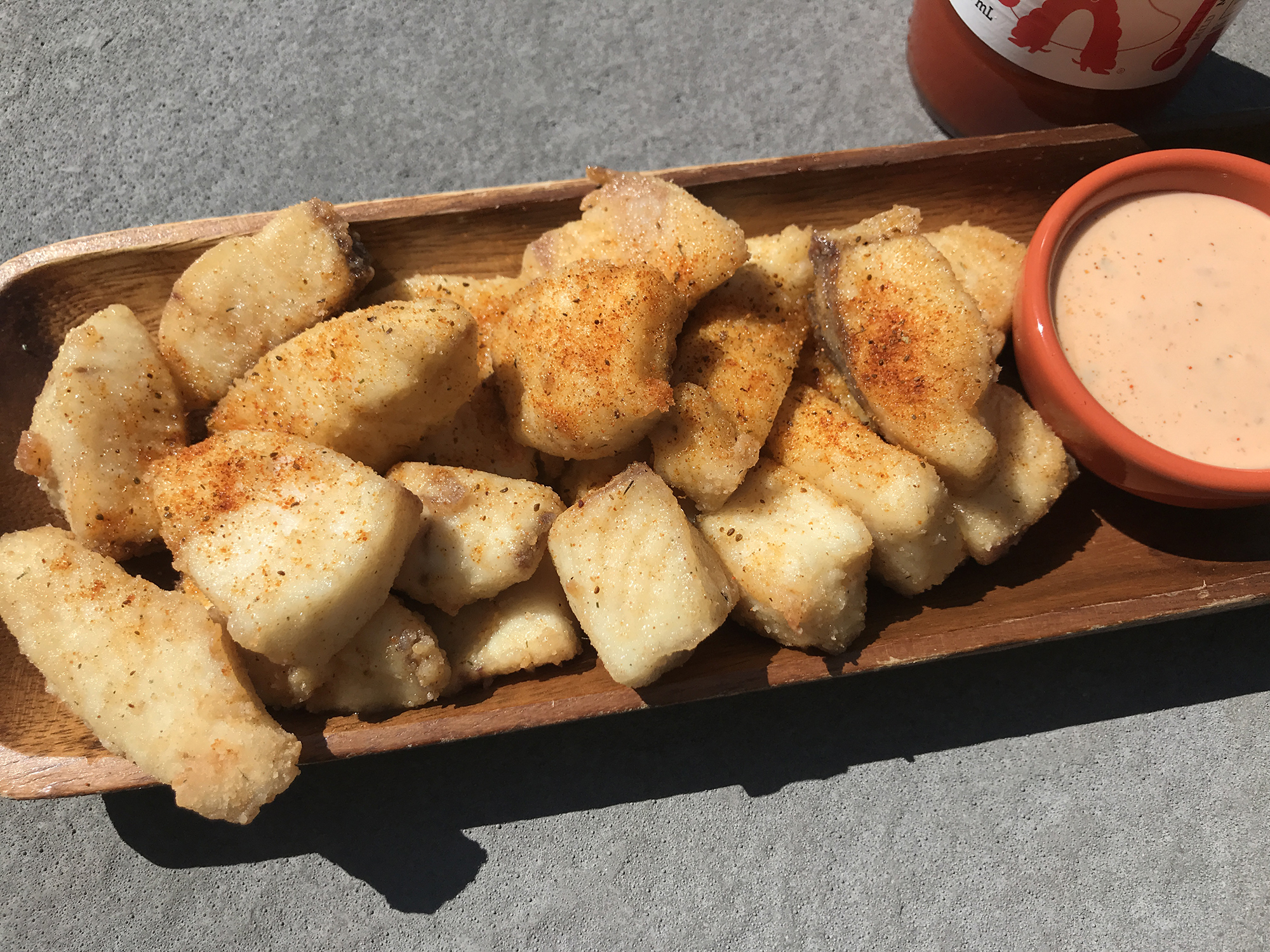
Ninety-nine percent of the time, when I do see someone cook snakehead on YouTube or elsewhere, they deep fry the fish, often cutting it into nuggets to serve appetizer style. There’s nothing wrong with that, of course. I mean, I like a Cajun-fried snake nugs dipped in a little spicy ranch as much as the next guy, but one of the most unique things about snakehead fillets is that they are arguably more versatile than many other freshwater fish.
Crappies, walleyes, and panfish are usually fried, and that’s partially because their thinner, more delicate fillets benefit from a batter coating holding them together during the cooking process. Snakehead fillets, conversely, have a texture much more similar to saltwater species like snapper and grouper. It flakes after cooking, but not quite as easily as the meat of other popular freshwater fish. Therefore, it holds up much better to cooking methods like grilling or stuffing, rolling, and baking.
READ NEXT: How to Catch Snakeheads
The snakehead’s firm white meat has a nice flavor when minimally dressed. However, much like flounder, it also benefits from a good marinade or heavy seasoning. Because it’s so mild, it works well with any flavors you want to incorporate. From an Asian-inspired marinade to an Italian preparation heavy on wine and butter, to blackened with Tex-Mex seasonings for tacos, you’ll be shocked by the deliciousness of these “hideous” invasives.

